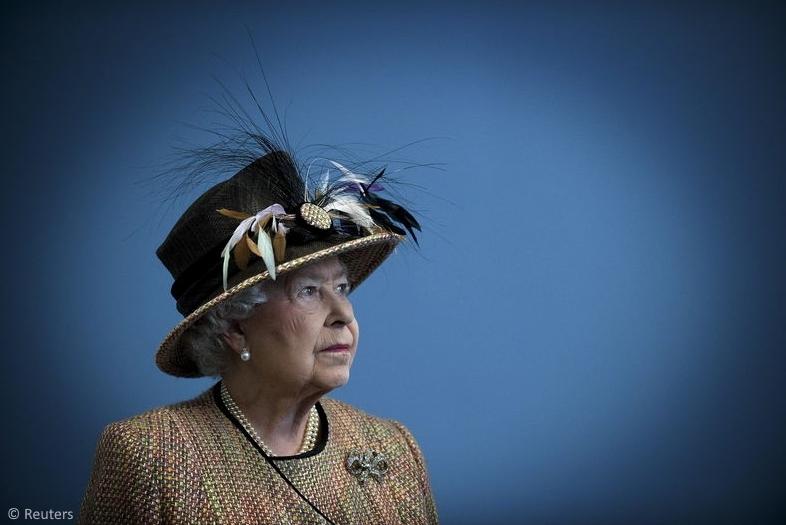The death of Queen Elizabeth II: a black day in British history
Britain’s longest-reigning monarch, Queen Elizabeth II, died at the age of 96 at the age of 96 at her castle in Balmoral, ushering in the reign of her son, Prince Charles, the new King Charles III.
Queen Elizabeth II has ruled the country since 1952, and ended 2 days after fulfilling her last public duty – the appointment of Liz Truss, the 15th prime minister in her entire 70-year reign. After the attending physicians expressed concern for her health, all 4 of her children and grandchildren hurried to Balmoral. On the same day at 18:30, Buckingham Palace announced the death of the Queen. At the same time, the flag at Buckingham Palace was lowered to half mast as a sign of mourning. The period of official mourning begins this Friday and will last 10 days. The state funeral of Elizabeth II will be held in Westminster Abbey on September 19, until that time the body of the deceased will be in St. Giles’ Cathedral in Edinburgh, then he will be taken to London for an official farewell.
Elizabeth II ascended the throne at the age of 25 and ruled Great Britain and 14 other kingdoms, as well as the Commonwealth, consisting of 54 countries. Having lost her husband, the Duke of Edinburgh, last year, the Queen herself contracted COVID-19 this year, shortly before she celebrated her platinum jubilee. After that, she was less and less seen at public events, in particular, she missed the opening ceremony of Parliament in April 2022, authorizing the Prince of Wales and the Duke of Cambridge to replace her.
The new king, Prince Charles, 73, who is taking the throne today as Charles III, paid tribute to his mother in a statement saying the Queen’s death was “a moment of greatest sadness for me and all members of my family.” Prince Charles was named Charles III by the new Prime Minister Liz Truss, confirming that this was how he would be called and putting an end to speculation that he could choose a different name under which to rule. He will begin his duties as a monarch, leading the funeral ceremony for Elizabeth II. His wife Camilla will be called queen consort. In line for the throne will now be Prince William, who is now the Duke of Cornwall and Cambridge, and after him, Prince George, his eldest son.
The new king will begin his reign with visits to all countries of the Commonwealth of Nations.
During the 10 days of mourning, solemn rifle salutes and a nationwide minute of silence will be held in the country. During the funeral ceremony, the Queen’s coffin will be moved from Buckingham Palace to Westminster Hall for a public farewell. After that, delegations from the Commonwealth countries will begin to arrive in London, and Prince Charles will welcome foreign royal families. The state funeral will take place at Westminster Abbey, and at the end of the mourning ceremony, the Queen’s body will be buried in St George’s Chapel at Windsor Castle, where it will be placed in the royal crypt.




